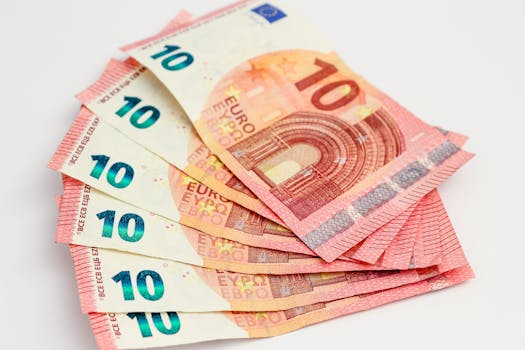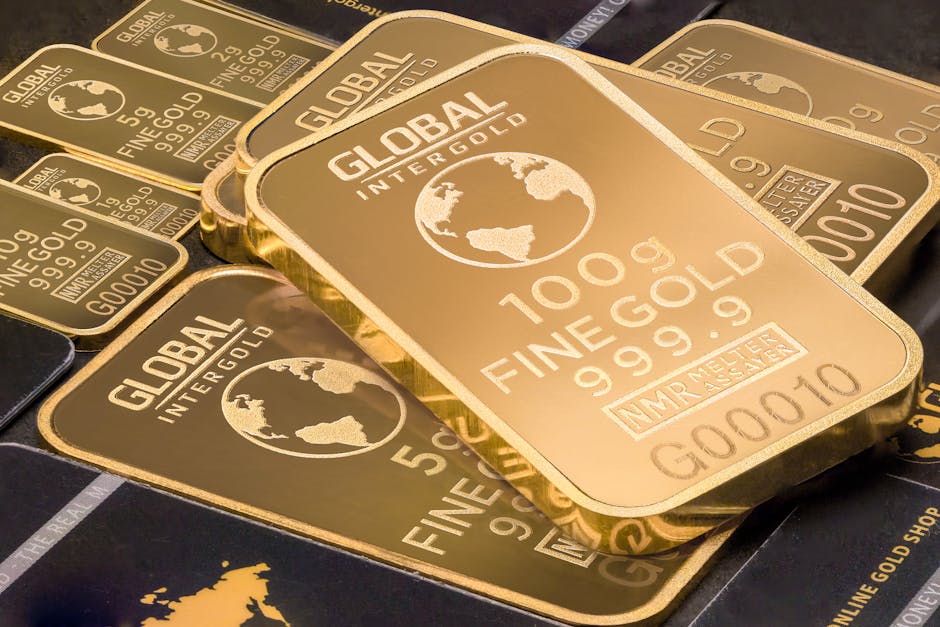Companies with the best and the worst technicals.
Lists of companies in NSE500 with the best and the worst technicals...
Lists of companies in NSE500 with the best and the worst technicals...
Lists of companies in NSE500 with the best and the worst fundamentals...
List of the latest important filings for NSE500....

The impact of the early monsoon rains in June 2025 on rural...

This article explores the factors behind India's impressive 7.4% GDP growth in...

Exploring the impact of increased capital requirements on European banks, delving into...

The landscape of global finance continues to evolve, significantly affecting local markets. In India, the interaction between global foreign exchange (forex) dynamics and gold—particularly gold ETFs (Exchange Traded Funds)—plays a pivotal role in shaping capital inflows. This intricate relationship not only influences investor confidence but also impacts monetary policy and economic growth targets.
The forex market remains one of the largest and most liquid markets globally, with daily trading volumes exceeding $6.6 trillion as of 2025. A notable trend is the strengthening of the US dollar against emerging market currencies, including the Indian rupee (INR). The dollar index rose by approximately 8% in the first half of 2025, influenced by ongoing interest rate hikes by the Federal Reserve. Such shifts create turbulence for Indian exporters, as a stronger dollar increases the cost of goods priced in USD for foreign buyers.
For Indian investors, substantial depreciation of the rupee against the dollar raises concerns over foreign investment. According to the Reserve Bank of India (RBI), FDI inflows decreased by 15% year-on-year in Q1 2025, totaling around $8 billion, which reflects investor caution amid volatile currency markets. This deceleration could lead to longer-term ramifications for capital projects, employment, and overall economic growth.
Gold has traditionally been viewed as a safe-haven asset, particularly in times of forex volatility. Investors flock to gold during inflationary periods and currency devaluation, and this trend is evident in India. Given that India is one of the largest consumers of gold—importing about 800 tons annually—the dynamics of gold prices are particularly impactful.
The upswing in gold prices has been noteworthy in 2025. Gold traded at approximately ₹60,000 per 10 grams in early June, driven by both demand spikes in traditional wedding seasons and global economic uncertainty. Amid rising prices, gold ETFs have gained traction among retail and institutional investors alike. The Assets Under Management (AUM) in gold ETFs in India climbed to around ₹35,000 crores by mid-2025, a 20% increase versus the previous year, illustrating heightened interest in this asset class.
The synergy between forex dynamics and gold investment is crucial. In June 2025, the rupee's depreciation against the dollar resulted in increased gold imports, as investors sought to hedge their portfolios against currency risk. This heightened demand for gold inevitably affects capital inflows, both directly and indirectly.
Analyzing the latest data reveals that the volatility of forex markets has prompted foreign institutional investors (FIIs) to strategically rebalance their portfolios. As of June 2025, the net FII flows for Indian equities sat at a negative ₹12,000 crores, with many funds reallocating to safer assets like gold amidst fears of recession in developed economies.
Recognizing the dual impact of forex and gold dynamics, the Indian government and the RBI have been proactive in formulating policies to counteract potential shocks. Recent policy changes in the context of gold imports signify a circumstantial pivot towards regulation. Higher import duties were levied to stabilize the current account deficit while attempts were made to incentivize gold savings accounts to retain domestic liquidity within the country.
The government’s focus on Digital Gold initiatives has also gained momentum. By June 2025, digital platforms enabling gold investments surged in popularity, allowing consumers greater access while mitigating the capital flight associated with physical gold purchases. This creates an appealing avenue for investment, in line with the government’s broader goal of boosting the digital economy.
As we gaze into the crystal ball for the remainder of 2025 and beyond, the influence of global forex dynamics on India's capital inflows is expected to grow more complex. Analysts predict that if the US dollar continues to strengthen, we could see further tightening of capital sources as FIIs diversify away from high-volatility regions.
Conversely, the allure of gold as a hedge against inflation and currency weakening will likely persist. This dual-edged sword necessitates astute strategies from policymakers to ensure balanced economic health. Engaging with investor sentiment through transparent communication will be pivotal in mitigating fears as the interplay between global conditions and local economic realities continues to unfold.
Finally, as India strives for accelerated economic growth targets, monitoring both forex fluctuations and gold price movements will remain critical drivers of investor behavior and capital inflows. Thus, understanding the global/local nexus proves vital for the country's financial ecosystem.

Effective investment strategies of smart investors amidst the heightening volatility in the...

This article explores the intricate relationship between government policy and financial market...